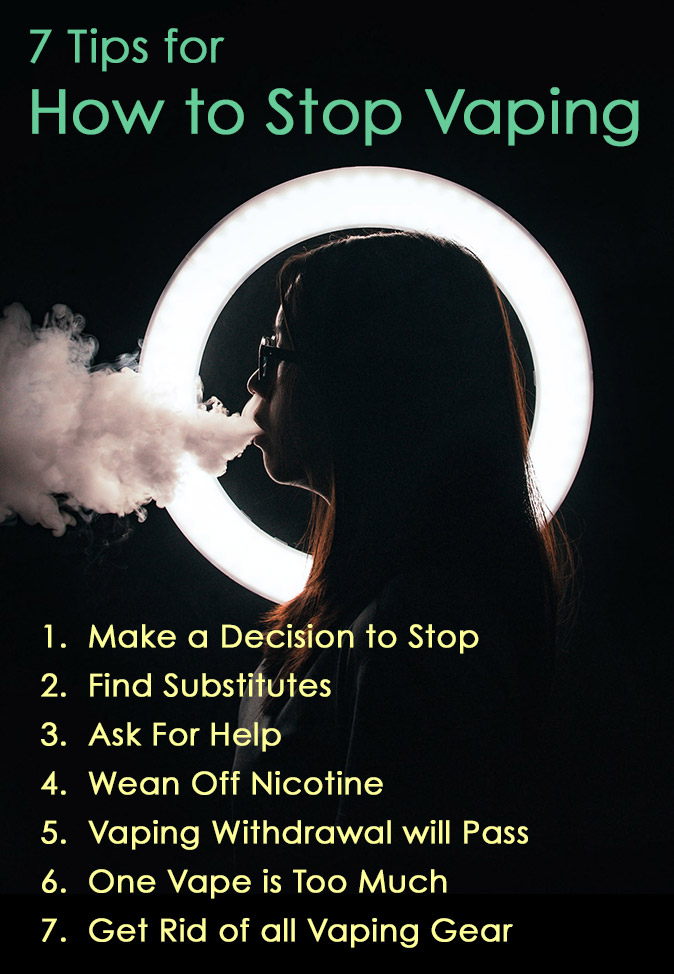Quitting vaping requires a personalized approach, combining psychological strategies with practical tools. Focus on evidence-based methods to overcome nicotine addiction and build a healthier lifestyle.
Preparation Phase
- Set a clear quit date: Choose a date within the next 2 weeks to commit.
- Identify triggers: Track vaping patterns to avoid situations like stress or social settings.
- Dispose of vaping devices: Remove all e-cigarettes, pods, and accessories to reduce temptation.
Behavioral Strategies
- Replace vaping habits: Substitute with deep breathing, chewing gum, or physical activity.
- Avoid high-risk environments: Steer clear of places where vaping is common, like parties or smoke zones.
- Distract yourself: Engage in hobbies or mindfulness exercises when cravings strike.
Nicotine Replacement Therapy (NRT)
Use FDA-approved NRT options to manage withdrawal gradually. Consult a healthcare provider for guidance.

- Patches for steady nicotine release.
- Gum or lozenges for immediate cravings.
- Begin use on your quit date and taper off over weeks.
Professional Support
- Counseling or therapy: Cognitive-behavioral therapy addresses addiction thoughts.
- Prescription medications: Bupropion or varenicline reduce cravings; consult a doctor for suitability.
- Join support groups: Online or in-person communities provide accountability.
Managing Withdrawal Symptoms
- Symptoms include irritability and cravings; use healthy coping mechanisms.
- Hydrate and exercise: Boost endorphins to ease discomfort.
- Short-term NRT: Alleviate intensity in the first week.
Sustaining Quitting Long-Term
- Monitor progress: Track days vape-free to reinforce motivation.
- Reward milestones: Celebrate successes with non-vaping rewards.
- Seek relapse prevention: Revisit strategies if slip-ups occur; relapse is part of recovery.








